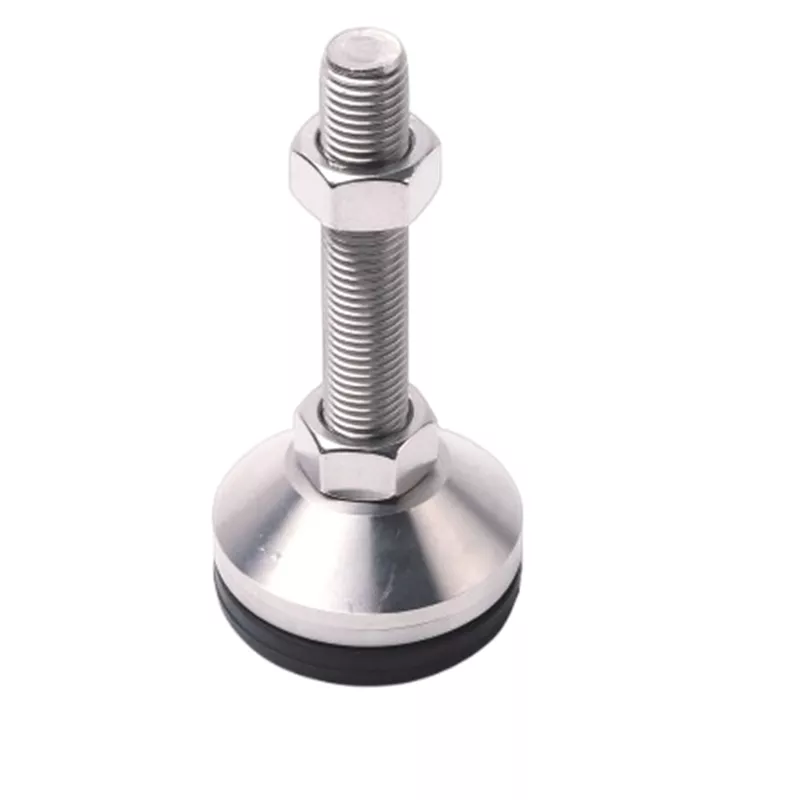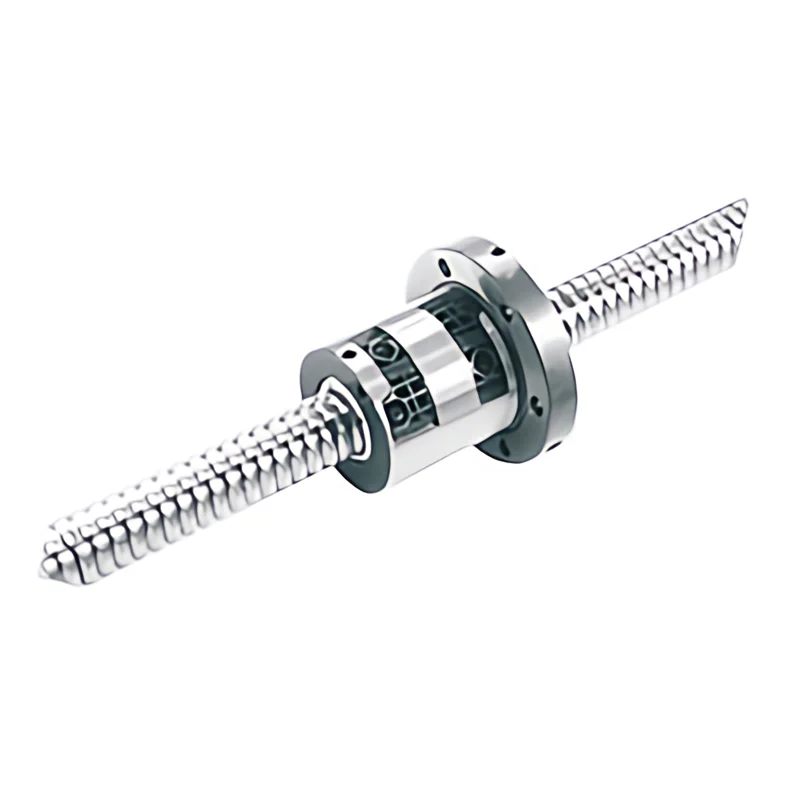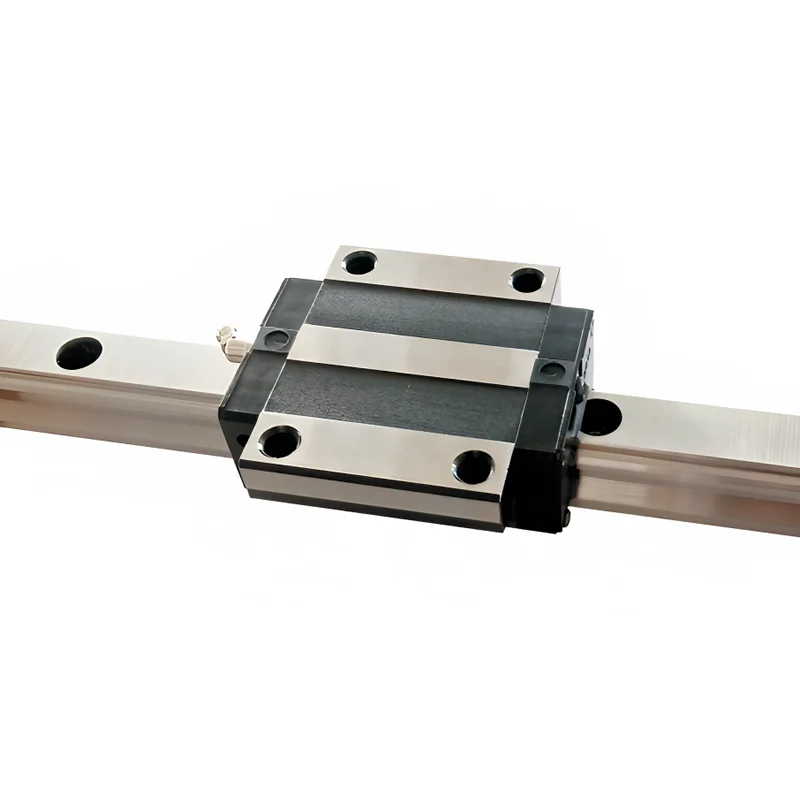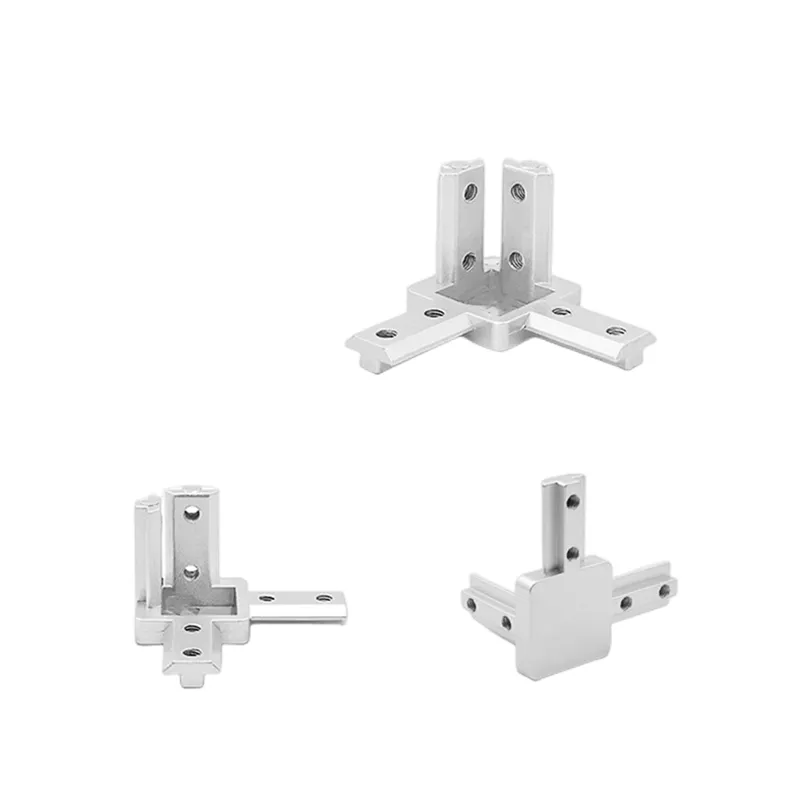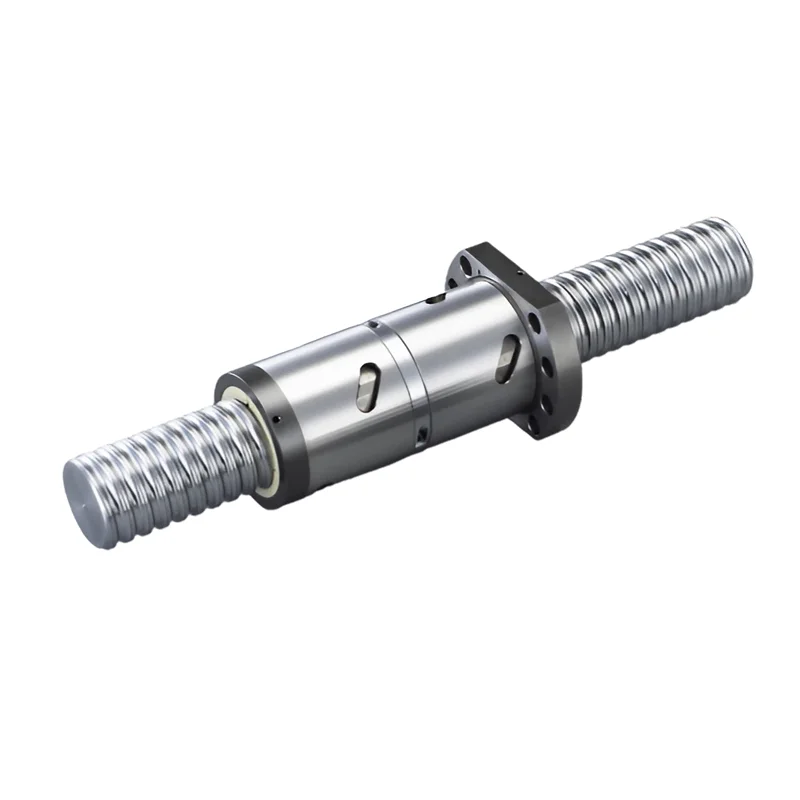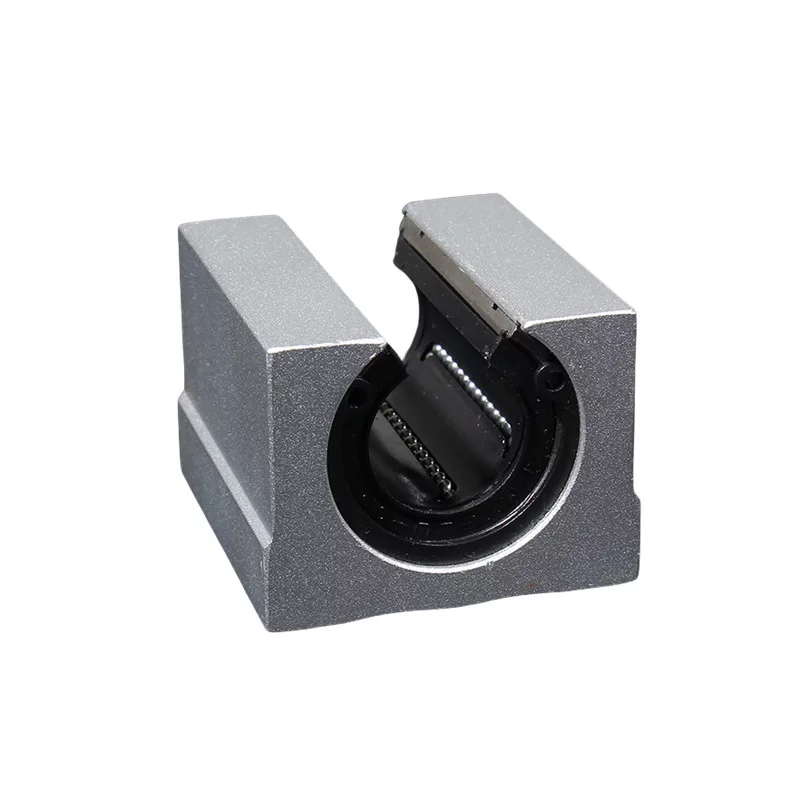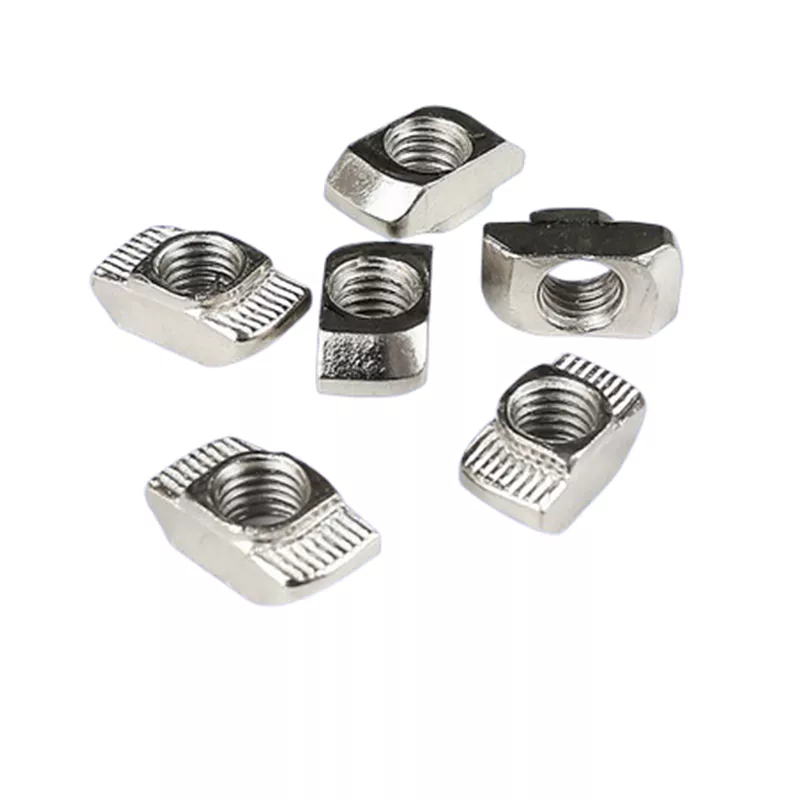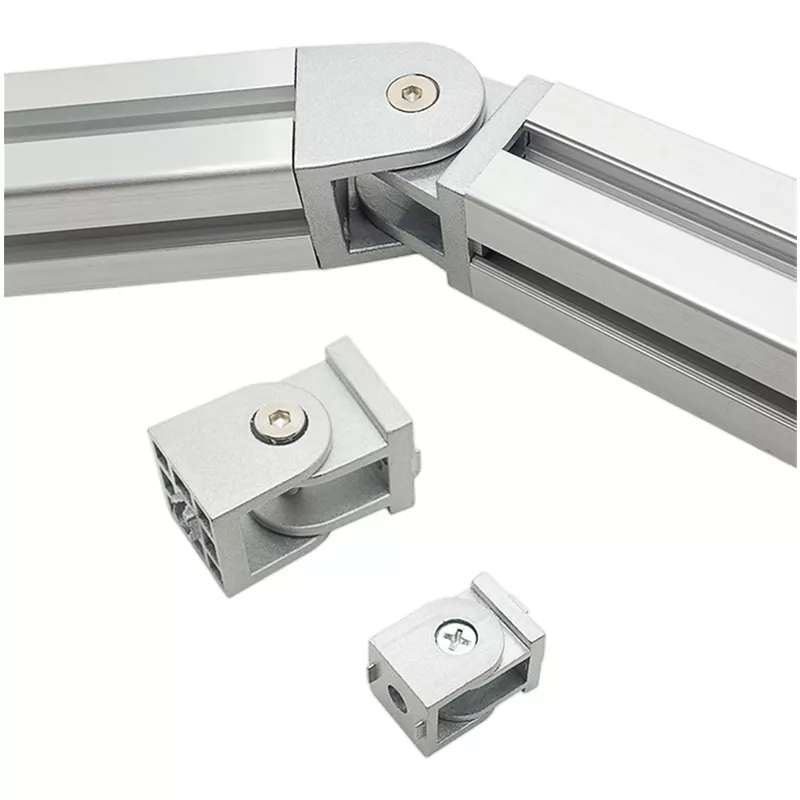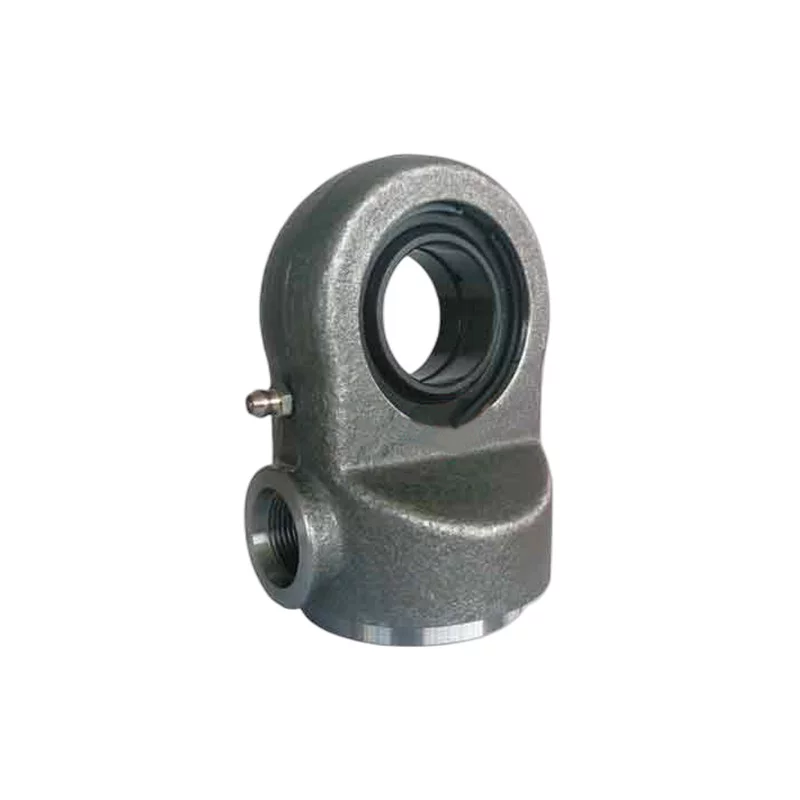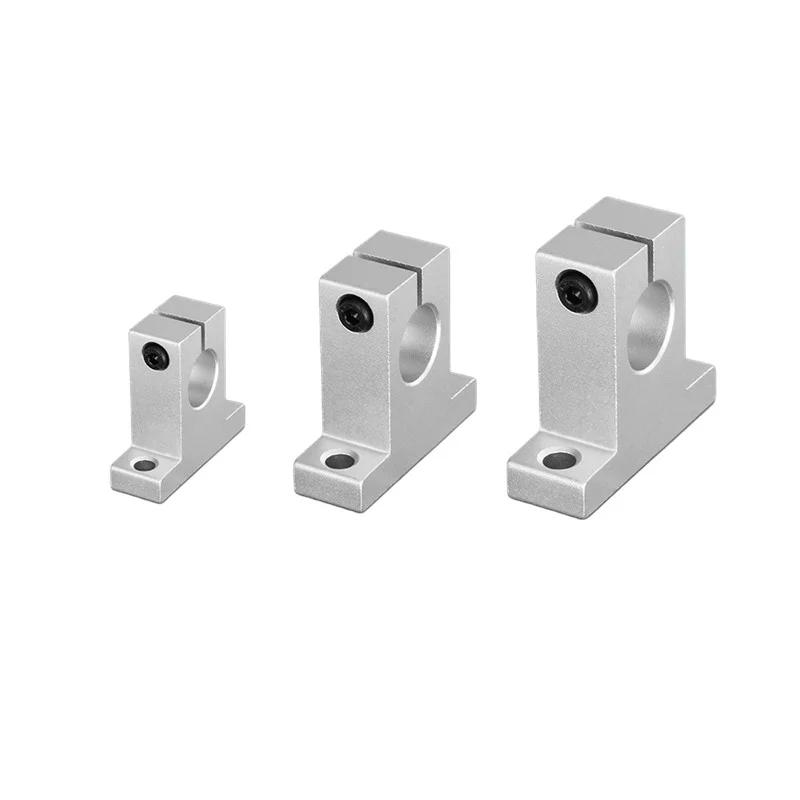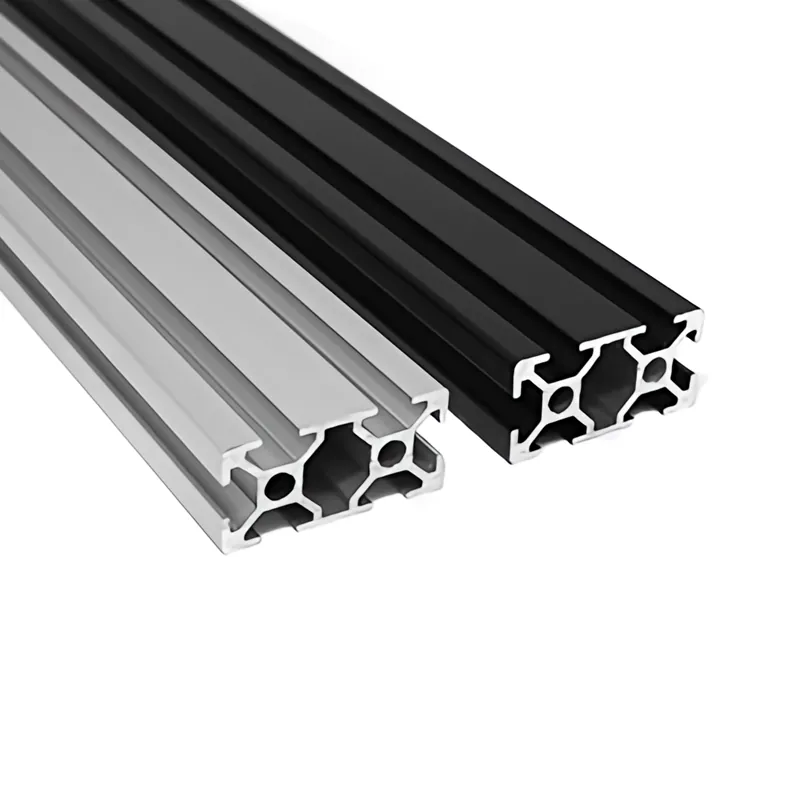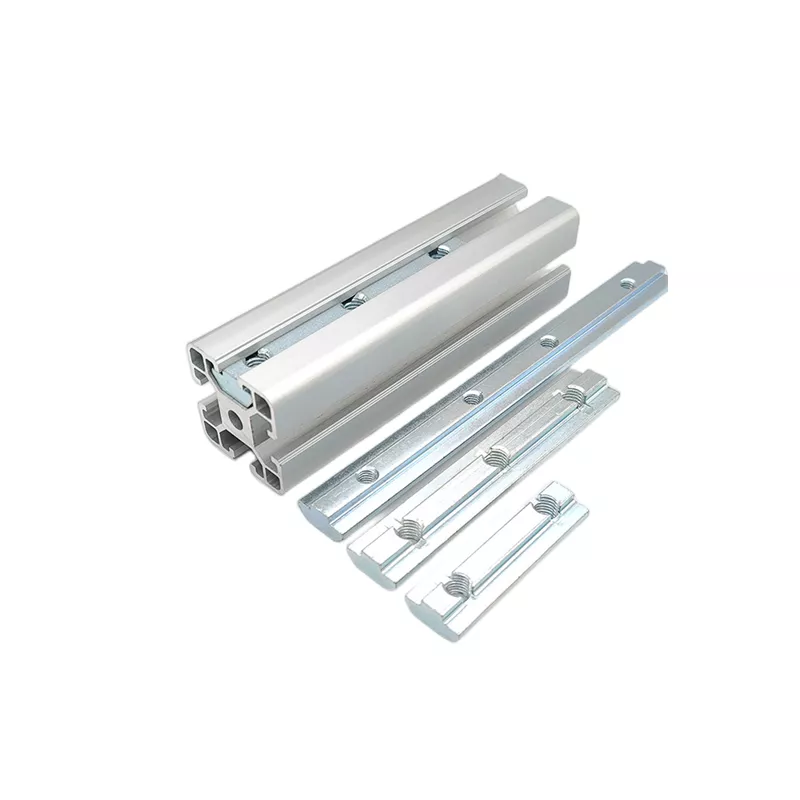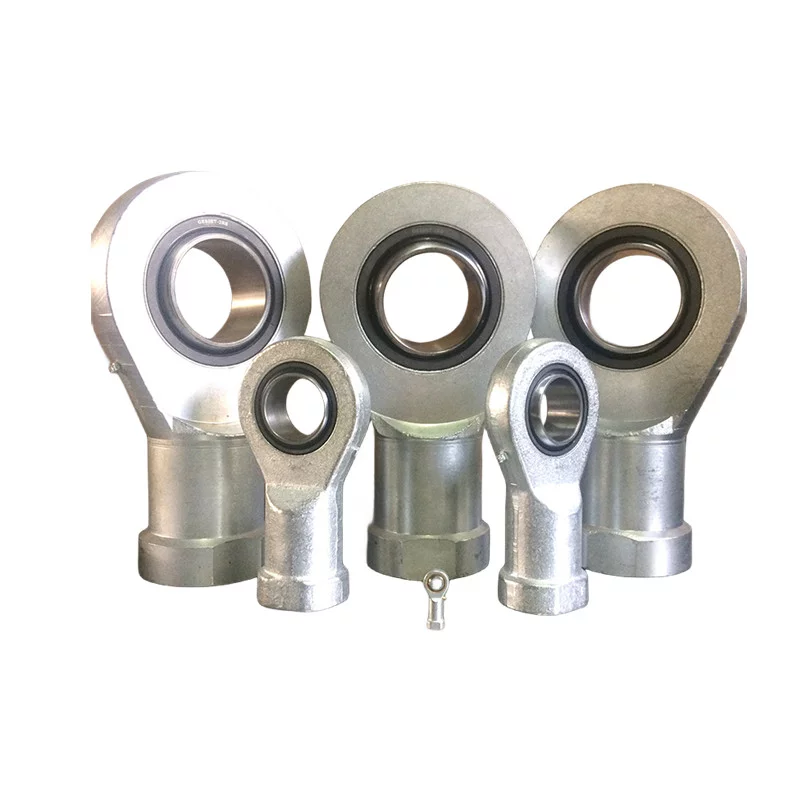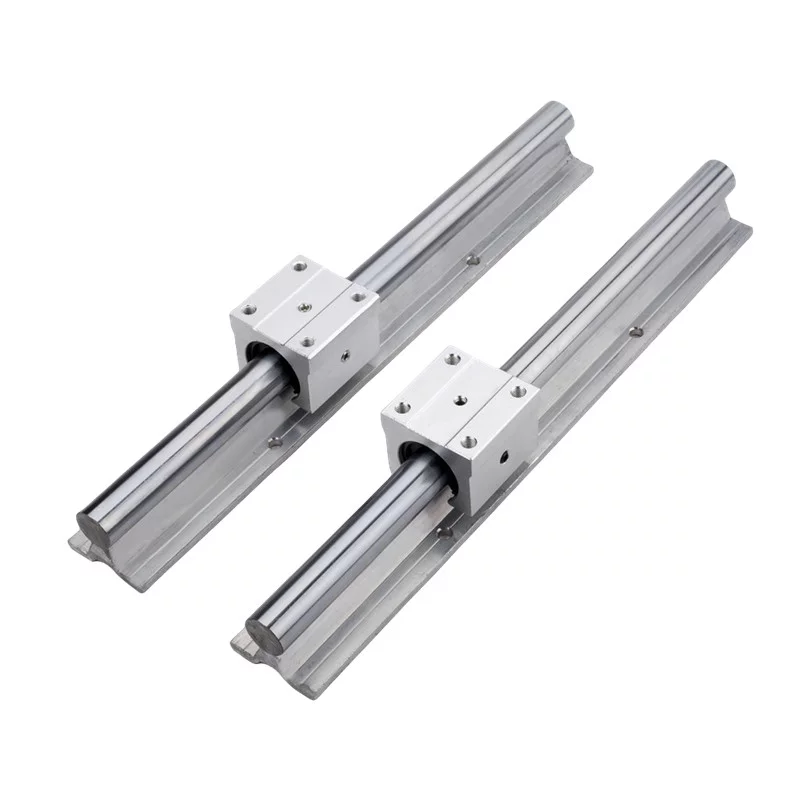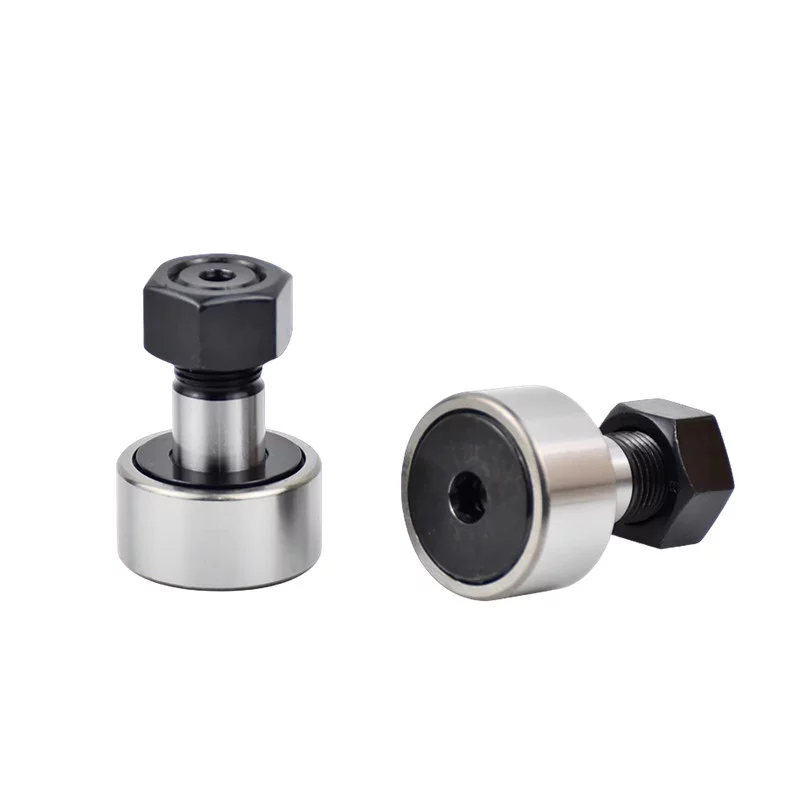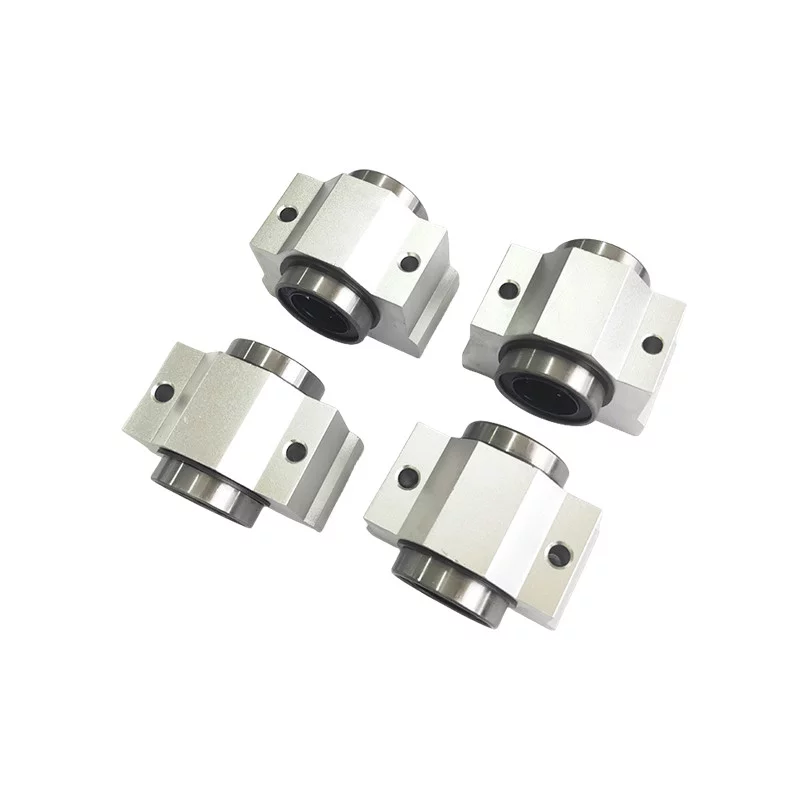How to avoid roller bearing failures
Premature roller bearing failure can occur due to various factors, including inadequate lubrication,
contamination, improper installation or handling, excessive loads or misalignment, and fatigue.
Inadequate lubrication is a common cause of bearing failure. Insufficient lubricant or using the wrong
type can lead to increased friction and wear. Regular lubrication maintenance and using the recommended
lubricants are crucial for ensuring optimal performance and extending the bearing's lifespan.
Contamination, such as dirt, dust, or moisture entering the bearing system, can accelerate wear and cause damage.
Proper sealing and protective measures should be implemented to prevent contaminants from reaching the bearings.
Improper installation or mishandling during transportation can result in misalignment or damage to the bearing components.
It is essential to follow proper installation procedures and handle bearings with care to avoid unnecessary stress on the bearings.
Excessive loads beyond the bearing's capacity or operating conditions that exceed its design limits can lead to premature failure.
Understanding the load requirements and selecting bearings suitable for specific applications are vital for preventing overloading.
Fatigue failure occurs over time due to repeated stress cycles on the bearing. Factors such as inadequate maintenance practices,
excessive speeds, or operating temperatures outside recommended ranges can contribute to fatigue failure.
Regular inspections and monitoring of operating conditions are necessary
for detecting potential issues before they escalate into failures.
How to Avoid Premature Bearing Failure?
Bearing failure over time is unavoidable, but it is possible to minimize the negative impact on operations.
Steps that can help prevent premature bearing failure include:
Selecting the correct bearing: Select a bearing size that matches the capacity requirements of your application.
Proper installation of the bearing: During the installation process, the proper tools should be used, and the bearing should
be installed according to the manufacturer's instructions. Once installed,
it is essential to verify that all components are properly positioned and aligned.
Lubrication of the bearing as per manufacturer's guidelines: To ensure the bearing performs as intended throughout its service life,
lubrication must be applied according to guidelines. The right type and amount of lubricant are pertinent.
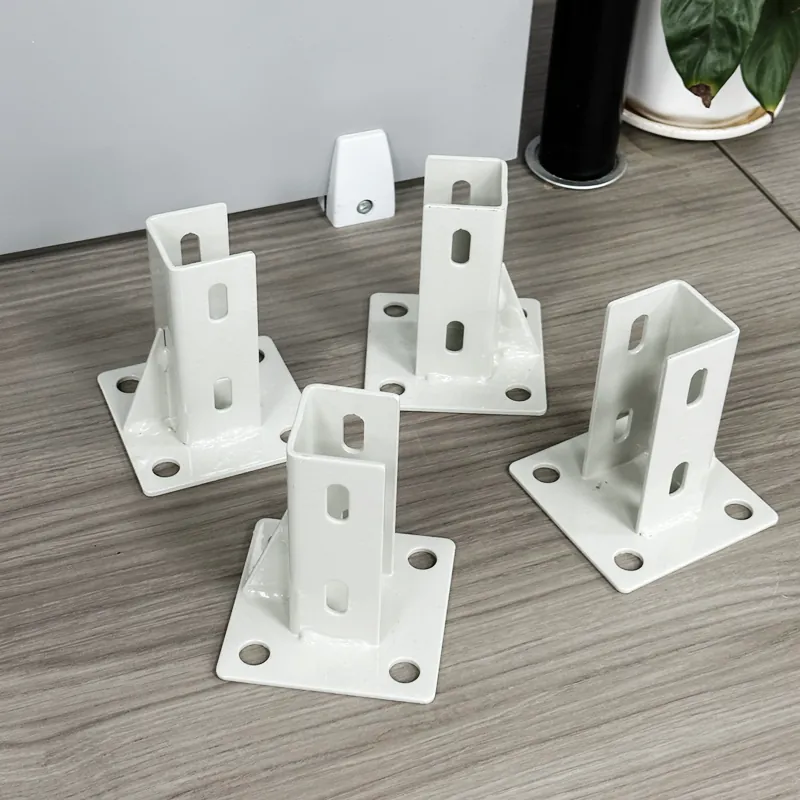 2020/4040 Aluminum Floor Mount Base Plate for Equipment Stability
2020/4040 Aluminum Floor Mount Base Plate for Equipment Stability
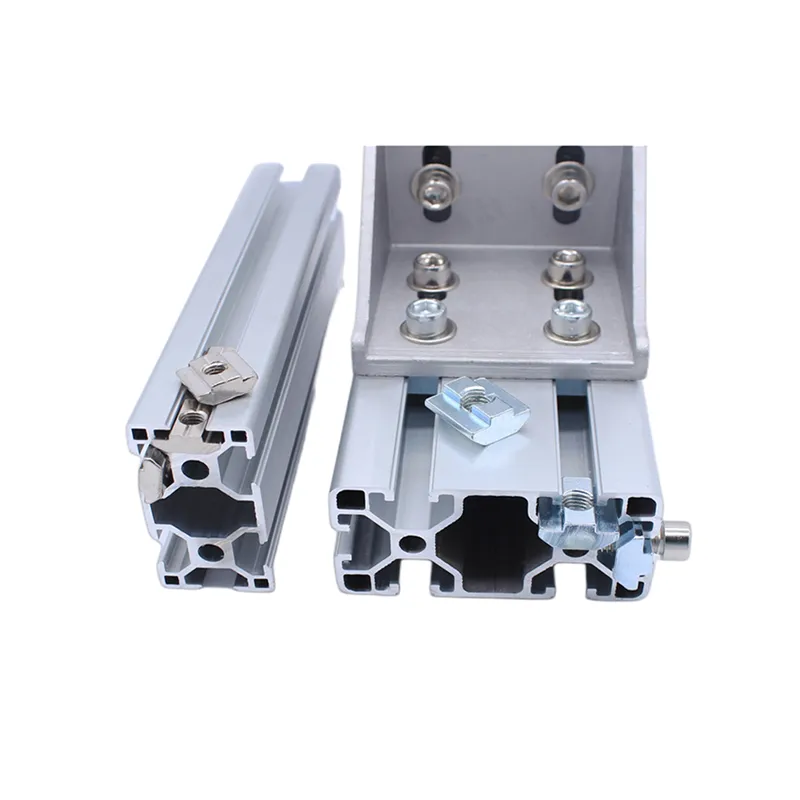 Understanding the Advantages of Sliding T-Nuts for Industrial Applications
Understanding the Advantages of Sliding T-Nuts for Industrial Applications
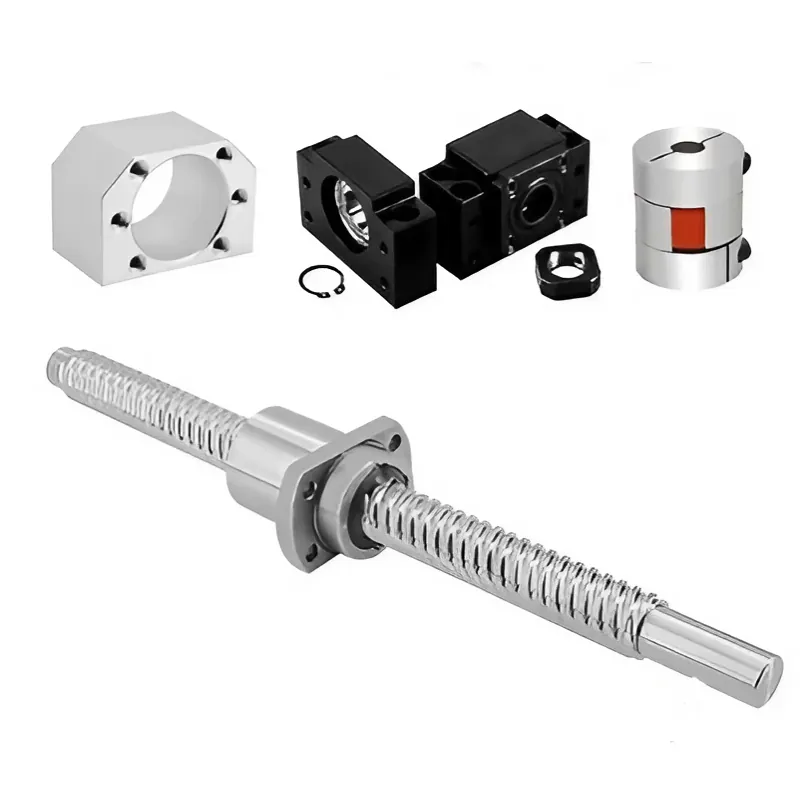 Understanding Ball Screws: Essential Components for Precise Linear Motion in Industrial Automation
Understanding Ball Screws: Essential Components for Precise Linear Motion in Industrial Automation
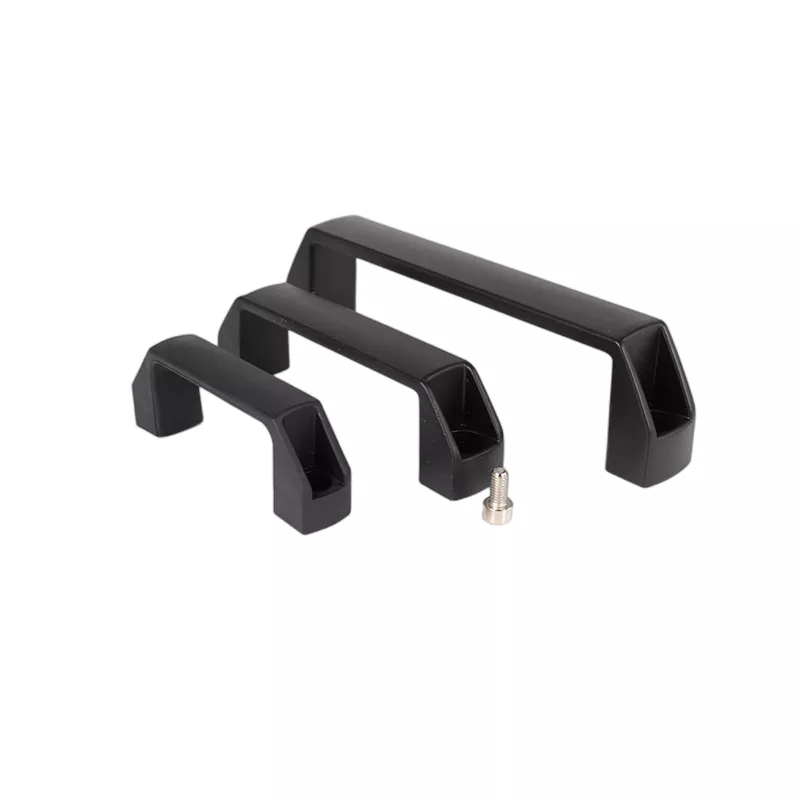 Enhance Functionality with Durable and Versatile Black Nylon Handles
Enhance Functionality with Durable and Versatile Black Nylon Handles

